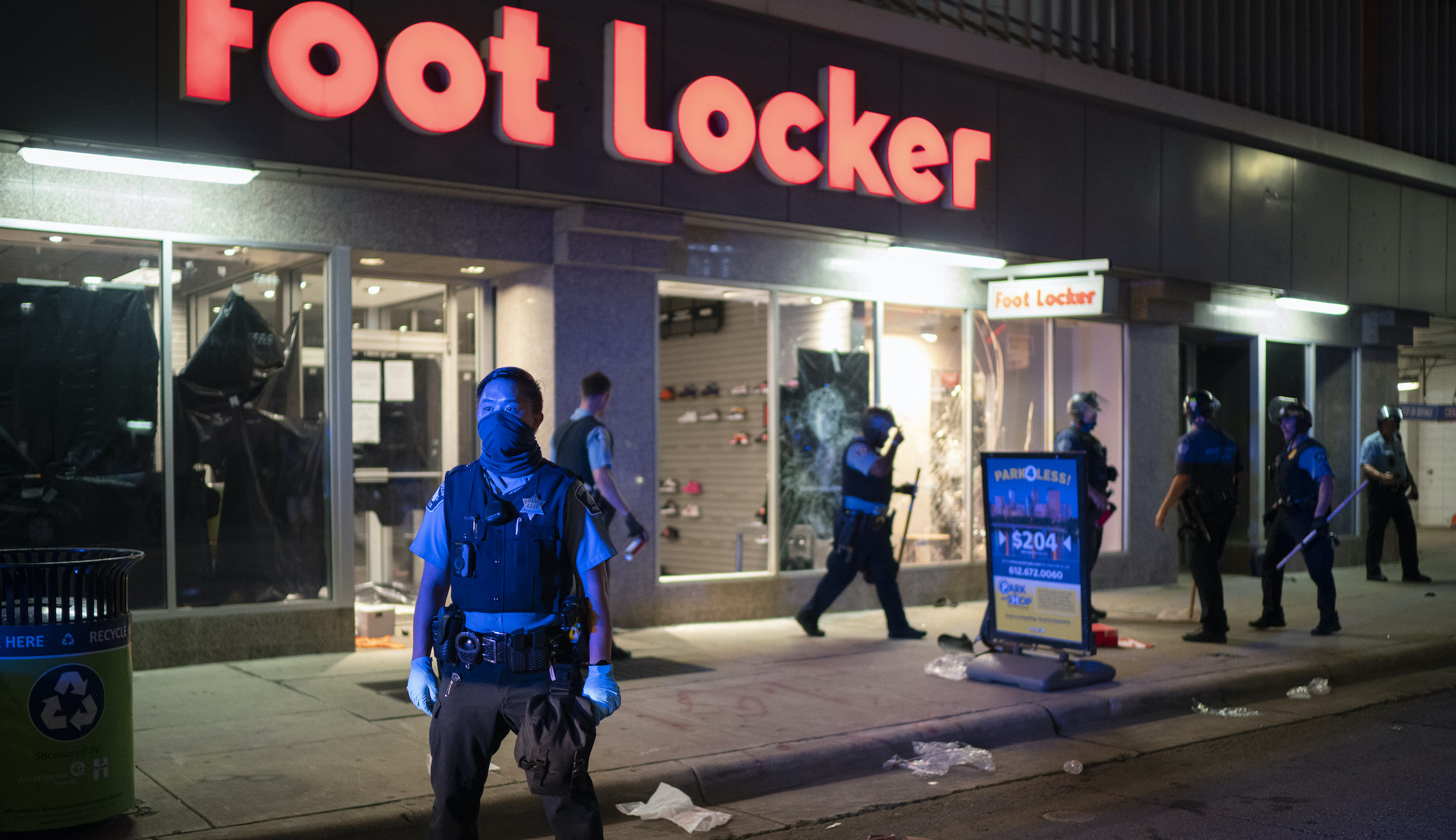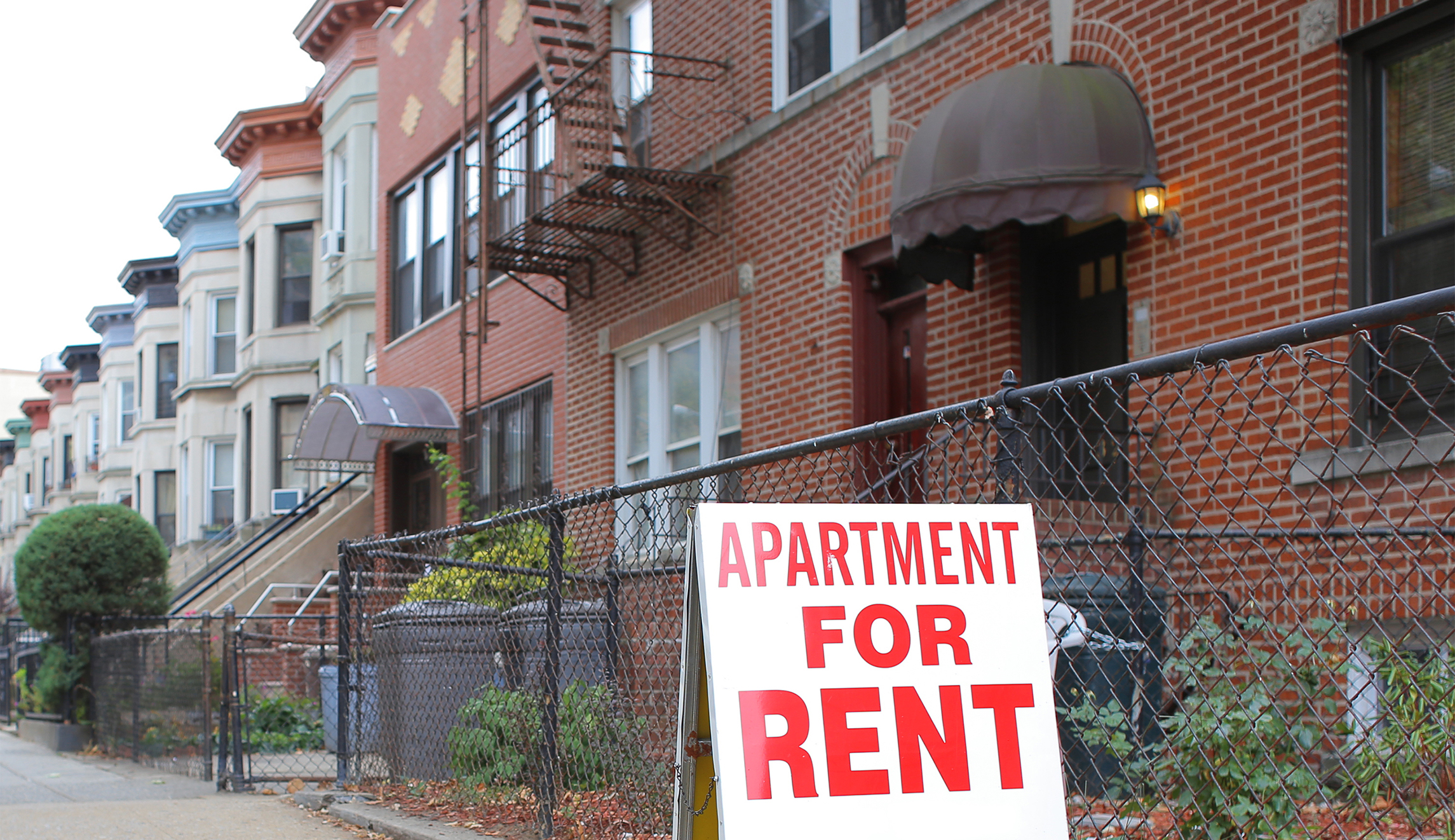Developers have long had challenges navigating the aggressively liberal agenda of the Minneapolis City Council, but for some, the move to cut police funding was the last straw.
Since violent unrest broke out over the summer, local developer Kelly Doran said he estimates around 10% to 20% vacancies in downtown apartment buildings that had just 2% to 3% vacancies in the last five years. Newer, modern buildings in the downtown area are also at 20% vacancy rates.
As the city grapples with rising crime rates, along with droves of police retirements, and a council vote to reimagine parts of traditional public safety, Doran believes a full economic recovery for Minneapolis will be slow.
“They don’t seem to care,” Doran said of the council. “I don’t know why anybody would seriously consider investing in the city.”
Minneapolis burst into the international spotlight earlier this year when George Floyd died after a former city police officer knelt on his neck for nearly nine minutes to restrain him. Videos of the incident went viral, causing outcry across the country about police reform and racial injustice. Overnight, demonstrations in the subsequent days spiraled across the city, leaving buildings burned, small businesses destroyed, and big-box stores looted.
Growing calls for police reform led to the “Defund the Police” movement, and nine Minneapolis council members vowed to do just that, making a public promise to dismantle the city’s police department.
In reality, the council voted on a 2021 budget last week to reallocate some $8 million from the police department to other services but doesn’t diminish the number of officers on the force expected for next year. The compromise was met after Mayor Jacob Frey threatened to veto a proposal that would deplete the force to 750 officers beginning in 2022 from the current level of 888.
Steve Minn, a Minneapolis-based developer and former city councilman who served from 1994 to 1999, said he would have never supported these cuts, especially as the city grapples with upticks in crime.
“I would’ve fought this thing tooth and nail when I was on the council,” Minn said, calling the vow to dismantle the department a “stupid maneuver.”
Minn said he’s already seeing hesitation among business leaders wanting to invest in Minneapolis, and many of his colleagues and competitors say they want to wait to pursue projects until the trials for the four officers involved in Floyd’s death are over and the issue of policing has stabilized.
Minn believes the contentious relationship between the council and the business community is largely due to a lack of understanding by members, and he believes this budget will follow many to the ballot box next year.
“None of them understand or appreciate the value in the business community, and none of them have outreached a hand to help the business community,” Minn said. “They’re going to get a fairly sobering budget to work with when the business community responds by voting with their feet. They don’t understand the kind of damage they’ve done yet.”

Crowds gathered in downtown Minneapolis Wednesday night, August 26, 2020 after one person was reported dead after an altercation in a parking ramp.
Minneapolis faces a rising crime rate amid new vision for public safety
From 2019, the Minneapolis Police Department reports an uptick in crime, including assaults, robberies, and homicides. Minnesota Public Radio reports more people have been killed in the city in the first nine months of 2020 than all of last year. Property crimes, such as burglaries and auto thefts, have also increased. Arson incidents rose 55% between September 2019 to the same period in 2020.
Over the summer, hundreds of officers filed to leave the department after what they cited as “post-traumatic stress” from weeks of unrest and protests calling for the dismantling of police. By July 2020, 65 officers had already left the force.
Don Samuels, a former city councilman and 2013 mayoral candidate who has spent most of his life community organizing, says high crime rates, combined with a lack of police presence, largely hurt low-income and minority communities, which already struggle to get businesses to come invest in them.
Samuels, who is black, is part of a lawsuit with seven other residents of north Minneapolis neighborhoods who are accusing the city of “inadequate police numbers and inadequate protection.”
“[There’s] crime and drug dealing on the street, homicides happening on the street, so people are not looking to the street,” Samuels told the Washington Examiner. “Target was there. Target left [because of] too much theft. … The businesses that are kind of trying to be there, they’re struggling.”
Crime statistics are also a factor developers like Doran look at when deciding if an investment in a community would make sense.
“If you go to downtown Minneapolis now, it looks like a war zone,” Doran said.
Doran said even if the crime rate were to improve, the optics of the summer unrest isn’t going to go away easily for a lot of people.
“There’s been this creation of this perception that Minneapolis has become an unsafe place, and, I think, right now that’s fair, and sometimes those perceptions are harder to overcome as the area gets safer,” Doran said. “So, even if Minneapolis comes to grips with the safety issue and crime starts to go down, there will be a lag time until people will come to their own perceptions as to whether Minneapolis is safe or not.”
Steve Cramer, CEO of the Minneapolis Downtown Council and a former councilman who served from 1984 to 1993, said a lot of misconceptions about what the council was actually doing to the police budget affected the way potential investors looked at Minneapolis.
“The ‘Defund the Police’ narrative seems to overcome the facts of the matter, and that was very much the case with this budget,” Cramer told the Washington Examiner.
The council’s budget reallocates $8 million from the MPD to pay for crime prevention programs and safety initiatives in other departments. Part of the funding will go to mental health crisis teams, train dispatchers to assess mental health calls, and have nonpolice employees handle theft and property damage reports, according to the Star Tribune.
The “Safety for All” measure put forth by the members, in reality, only represented a fraction of the police department’s $179 million budget, but Cramer says the part people pay attention to the most are the details and not the big picture of the decision.
“I still get calls from folks who are thinking about investing in Minneapolis or bringing a business here, asking, ‘OK, what’s going on with the police department?'” Cramer said. “That was a major impact on economic vitality for our city, and we’re still not completely beyond that.”

Despite cries of an urban exodus, real estate remains steady
An October Redfin survey found 30% of U.S. residents want to move from where they live or have reconsidered moving to a location due to protest activity. Broken down by location, 34% of city residents said the protests made them like where they live less, compared to 26% of suburban residents and 30% of rural residents who said the same. Forty-six percent said the activity had no effect on their feelings of where they live.
Though commentators and pundits alleged summer unrest prompted a mass exodus of people from U.S. cities, this kind of rhetoric hasn’t reflected what real estate leaders are seeing, says Todd Walker, President-elect of the Minneapolis Area Realtors.
“Negative news or sensationalism that’s not totally accurate … does that affect perception and reaction and action? I think it does in some cases, but I don’t think it’s had the negative effect that a lot of people perceived it would initially,” Walker told the Washington Examiner.
What Walker has noticed is what he views as a “period of introspection” from home buyers largely driven by the coronavirus pandemic.
“People are starting to reevaluate how they’re living and where they’re living, and we’re seeing people move into lake homes, moving out state,” Walker said. “Younger families looking to move to rural areas where they can home-school their kids where there’s a little more room and acreage as opposed to living in the city or in the suburbs. There’s some shifting of priorities and family values in play, I think.”





